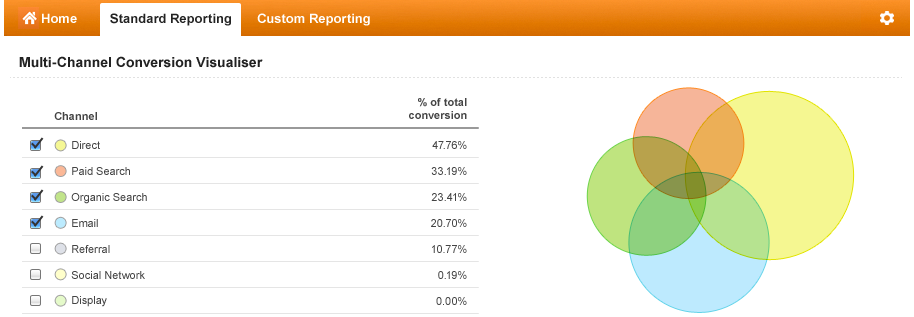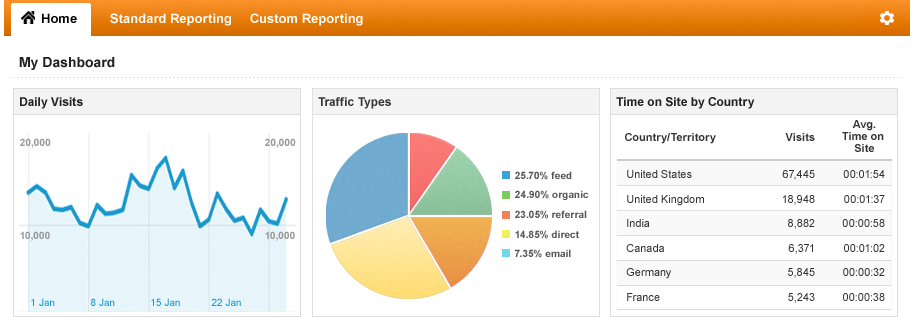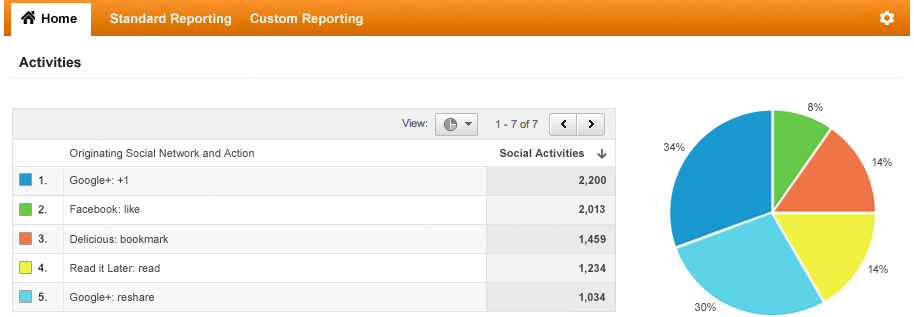Leveraging Google Analytics Metrics in Your Marketing Efforts
In today's fast-paced digital landscape, data-driven marketing strategies have become non-negotiable. Monitoring and metrics form an integral part of these strategies, guiding businesses toward understanding customer behavior, enhancing user engagement, and ultimately, driving more sales. In this context, Google Analytics, a leading web analytics platform, offers invaluable metrics that marketers can utilize to refine and bolster their marketing initiatives.
Google Analytics provides a plethora of data points that can be effectively harnessed to measure the performance of both inbound and outbound marketing efforts



Analyzing User Flow and Website Navigation
Google Analytics’ User Flow report is a goldmine for understanding user navigation through your website. It visualizes the path users take from the moment they land on your site until they exit. This can help marketers identify high-performing pages and recognize patterns in user behavior, informing adjustments to website design and user experience.
Understanding User Behavior and Demographics
At the core of any successful marketing strategy is a deep understanding of your target audience. Google Analytics provides detailed demographic information including age, gender, and geographical location of your website visitors. Furthermore, user behavior metrics like bounce rate, pages per session, and average session duration can be used to understand how users are interacting with your website. These insights can be instrumental in tailoring your marketing content to match user interests and preferences.
Evaluating Traffic Sources and Channels
Understanding where your traffic is coming from is crucial for both inbound and outbound marketing. Google Analytics provides an extensive breakdown of traffic sources including direct, organic search, referral, social, and paid search. Analyzing these metrics helps marketers in identifying the most effective channels, enabling them to allocate their resources and efforts more optimally.
Conversion Tracking and Goal Setting
One of the key benefits of Google Analytics is its ability to track conversions. By setting up Goals, marketers can monitor how users are progressing through the sales funnel, from initial awareness to final conversion. This enables businesses to identify bottlenecks, optimize conversion paths, and adjust their marketing strategies accordingly.

Monitoring Campaign Performance
For outbound marketers running paid campaigns, Google Analytics provides key metrics such as Click-Through Rate (CTR), Cost Per Click (CPC), and Conversion Rate. These metrics are essential in evaluating the performance of your campaigns and identifying areas of improvement. They help marketers understand which campaigns resonate with their audience and which ones need rethinking.
Leveraging Audience Segmentation
Finally, Google Analytics’ Audience Segmentation allows marketers to divide their audience into groups based on shared characteristics like demographics, behavior, and technology use. This can help in crafting personalized marketing messages, thus increasing their relevance and effectiveness.
In conclusion, Google Analytics, with its wide array of metrics, serves as an indispensable tool for online marketers. It provides insights that are vital in forming and refining marketing strategies. Whether it's understanding user behavior, tracking conversions, or evaluating the performance of your marketing campaigns, leveraging these metrics can significantly enhance the efficacy of your inbound and outbound marketing efforts. Remember, in the realm of digital marketing, data is king and Google Analytics is the kingmaker.

